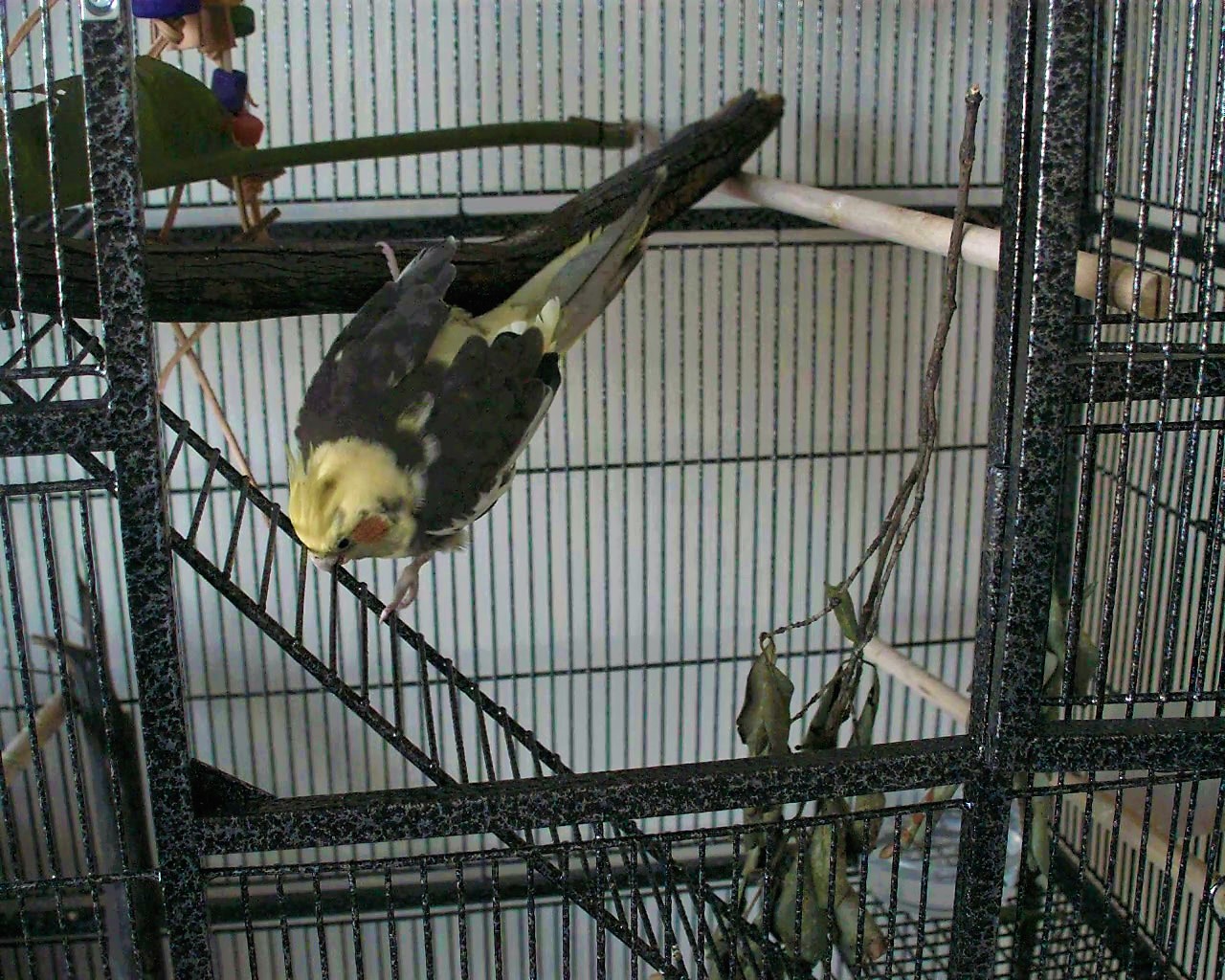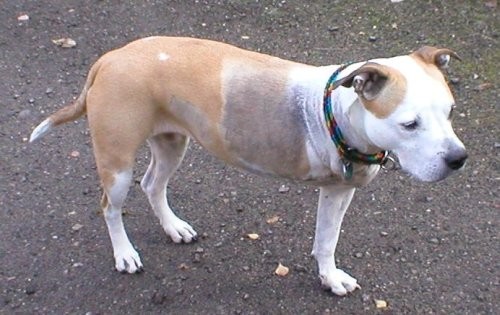Tripedalism on:
[Wikipedia]
[Google]
[Amazon]
 Tripedalism (from the
Tripedalism (from the
 There are some three-legged creatures in the world today, namely four-legged animals (such as
There are some three-legged creatures in the world today, namely four-legged animals (such as
Three-Legged Animals in Mythology and Folklore
/ref> Better-known examples include the ''sanzuwu'' or East Asian
 Tripedalism (from the
Tripedalism (from the Latin
Latin (, or , ) is a classical language belonging to the Italic languages, Italic branch of the Indo-European languages. Latin was originally a dialect spoken in the lower Tiber area (then known as Latium) around present-day Rome, but through ...
tri = three + ped = foot) is locomotion by the use of three limbs. It has been said that parrots ( Psittaciformes) display tripedalism during climbing gaits, which was tested and proven in a 2022 paper on the subject, making parrots the only creatures to truly use tripedal forms of locomotion. Tripedal gaits were also observed by K. Hunt in primates. This is usually observed when the animal is using one limb to grasp a carried object and is thus a non-standard gait. Apart from climbing in parrots, there are no known animal behaviours where the same three extremities are routinely used to contact environmental supports, although the movement of some macropods such as kangaroo
Kangaroos are four marsupials from the family Macropodidae (macropods, meaning "large foot"). In common use the term is used to describe the largest species from this family, the red kangaroo, as well as the antilopine kangaroo, eastern ...
s, which can alternate between resting their weight on their muscular tails and their two hind legs and hop on all three, may be an example of tripedal locomotion in animals
Animal locomotion, in ethology, is any of a variety of methods that animals use to move from one place to another. Some modes of locomotion are (initially) self-propelled, e.g., running, swimming, jumping, flying, hopping, soaring and gliding. Th ...
. There are also the tripod fish. Several species of these fish rest on the ocean bottom on two rays from their two pelvic fin
Pelvic fins or ventral fins are paired fins located on the ventral surface of fish. The paired pelvic fins are homologous to the hindlimbs of tetrapods.
Structure and function Structure
In actinopterygians, the pelvic fin consists of two ...
s and one ray from their caudal fin
Fins are distinctive anatomical features composed of bony spines or rays protruding from the body of a fish. They are covered with skin and joined together either in a webbed fashion, as seen in most bony fish, or similar to a flipper, as se ...
.
Real-world tripedalism is rare, in contrast to the common bipedalism
Bipedalism is a form of terrestrial locomotion where an organism moves by means of its two rear limbs or legs. An animal or machine that usually moves in a bipedal manner is known as a biped , meaning 'two feet' (from Latin ''bis'' 'double' ...
of two-legged animals and quadrupedalism
Quadrupedalism is a form of locomotion where four limbs are used to bear weight and move around. An animal or machine that usually maintains a four-legged posture and moves using all four limbs is said to be a quadruped (from Latin ''quattuor ...
of four-legged animals. The code for bilateral symmetry seems to have become entrenched very early in evolution, appearing even before appendages like legs, fins or flippers had evolved; with that template came a built-in bias toward even-numbered limb configurations.Tracy J. Thomson (2019) Three‐Legged Locomotion and the Constraints on Limb Number: Why Tripeds Don’t Have a Leg to Stand On, ''BioEssays'' 41 (10): 1900061 https://doi.org/10.1002/bies.201900061
Quadrupedal amputees and mutations
 There are some three-legged creatures in the world today, namely four-legged animals (such as
There are some three-legged creatures in the world today, namely four-legged animals (such as pet
A pet, or companion animal, is an animal kept primarily for a person's company or entertainment rather than as a working animal, livestock, or a laboratory animal. Popular pets are often considered to have attractive appearances, intelligence ...
dogs and cat
The cat (''Felis catus'') is a domestic species of small carnivorous mammal. It is the only domesticated species in the family Felidae and is commonly referred to as the domestic cat or house cat to distinguish it from the wild members of ...
s) which have had one limb
Limb may refer to:
Science and technology
* Limb (anatomy), an appendage of a human or animal
*Limb, a large or main branch of a tree
*Limb, in astronomy, the curved edge of the apparent disk of a celestial body, e.g. lunar limb
*Limb, in botany, ...
amputated
Amputation is the removal of a limb by trauma, medical illness, or surgery. As a surgical measure, it is used to control pain or a disease process in the affected limb, such as malignancy or gangrene. In some cases, it is carried out on indiv ...
. With proper medical treatment most of these injured animals can go on to live fairly normal lives, despite being artificially tripedal. There are also cases of mutation
In biology, a mutation is an alteration in the nucleic acid sequence of the genome of an organism, virus, or extrachromosomal DNA. Viral genomes contain either DNA or RNA. Mutations result from errors during DNA or viral replication, m ...
s or birth abnormalities in animals (including humans) which have resulted in three legs.
Tripedalism in mythology, folklore and fiction
Although largely absent from biology, three-legged creatures feature in the mythology and folklore of many cultures.Online research paperThree-Legged Animals in Mythology and Folklore
/ref> Better-known examples include the ''sanzuwu'' or East Asian
Three-legged crow
The three-legged (or tripedalism, tripedal) crow is a Legendary creature, mythological creature in various mythology, mythologies and arts of East Asia. It is believed to inhabit and represent the Sun.
Evidence of the earliest bird-Sun motif or to ...
; the Jin Chan or Chinese money toad; the ''chanchito'', a three-legged pig from the Chilean village of Pomaire, and the '' helhest'' or ghost-horse from Denmark.
A three-legged triskelion
A triskelion or triskeles is an ancient motif consisting of a triple spiral exhibiting rotational symmetry.
The spiral design can be based on interlocking Archimedean spirals, or represent three bent human legs. It is found in artefacts o ...
is the central feature on the Flag of Sicily
The flag of Sicily ( scn, Bannera dâ Sicilia; it, Bandiera della Sicilia) shows a ''triskeles'' symbol (a figure of three legs arranged in rotational symmetry), and at its center a Gorgoneion (depiction of the head of Medusa) and a pair o ...
and the Flag of the Isle of Man
The flag of the Isle of Man or flag of Mann ( gv, brattagh Vannin) is a triskelion, composed of three armoured legs with golden spurs, upon a red background. It has been the official flag of the Isle of Mann since 1 December 1932 and is based o ...
.
In classic science fiction, the armored fighting machines in H. G. Wells’ novel ''The War of the Worlds
''The War of the Worlds'' is a science fiction novel by English author H. G. Wells, first serialised in 1897 by ''Pearson's Magazine'' in the UK and by ''Cosmopolitan (magazine), Cosmopolitan'' magazine in the US. The novel's first appear ...
'' are tripedal. More modern examples of fictional tripedal organisms include Species 8472
Species 8472 is a fictional extraterrestrial species in the science fiction television series '' Star Trek: Voyager''. Species 8472 is a designation given to them by the Borg. The multiplayer game '' Star Trek Online'' gives their proper name ...
, a race in the television series '' Star Trek: Voyager'' and Xorn, from the role-playing game Dungeons & Dragons
''Dungeons & Dragons'' (commonly abbreviated as ''D&D'' or ''DnD'') is a fantasy tabletop role-playing game (RPG) originally designed by Gary Gygax and Dave Arneson. The game was first published in 1974 by Tactical Studies Rules, Inc. (TS ...
.
See also
*Bipedalism
Bipedalism is a form of terrestrial locomotion where an organism moves by means of its two rear limbs or legs. An animal or machine that usually moves in a bipedal manner is known as a biped , meaning 'two feet' (from Latin ''bis'' 'double' ...
* Quadrupedalism
Quadrupedalism is a form of locomotion where four limbs are used to bear weight and move around. An animal or machine that usually maintains a four-legged posture and moves using all four limbs is said to be a quadruped (from Latin ''quattuor ...
* Terrestrial locomotion
Terrestrial locomotion has evolved as animals adapted from aquatic to terrestrial environments. Locomotion on land raises different problems than that in water, with reduced friction being replaced by the increased effects of gravity.
As viewe ...
* Tetrapod
Tetrapods (; ) are four-limbed vertebrate animals constituting the superclass Tetrapoda (). It includes extant and extinct amphibians, sauropsids ( reptiles, including dinosaurs and therefore birds) and synapsids ( pelycosaurs, extinct t ...
* Uniped
A uniped (from Latin ''uni-'' "one" and ''ped-'' "foot") is a person or creature with only one foot and one leg, as contrasted with a biped (two legs) and a quadruped (four legs). Moving using only one leg is known as unipedal movement. Many bival ...
References
{{locomotion Ethology Terrestrial locomotion Animal anatomy Pedalism